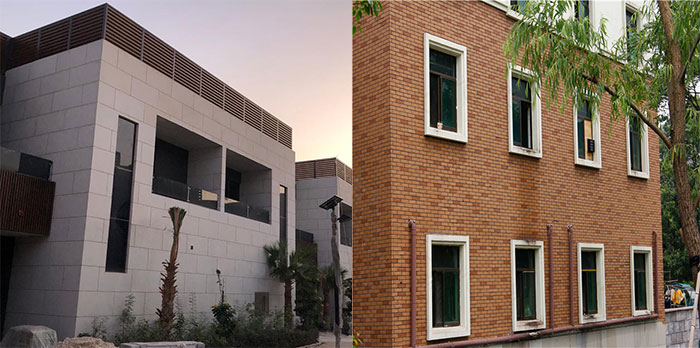Welcome to VANJOIN. Your satisfaction is our biggest pursuit.
Related articles:
1. What are the flexible tiles?
2. Advantages of flexible tiles
3. How to install flexible wall tiles?
4. How to clean and care for flexible tiles
Flexible tile is a kind of indoor and outdoor decorative building materials that is gradually popular in the market. People who are new to this product are not very clear about the concept of flexible tile. Since it is a tile, it must be hard. Why is it called Flexible tile? Is Flexible tile a kind of tile? What is Flexible tile? Speaking of the basic situation of Flexible tile, today the editor will give friends who are not familiar with Flexible tile a little knowledge of Flexible tile.
First of all: we can literally understand that Flexible tile is called Flexible tile because it is a flexible tile. In other words, this tile can be bent and has flexibility. Speaking of this, many partners do not understand. Since it is a tile, how can it be bent? Why are there such amazing tiles? This is normal. Because you don't know him very well, it feels incredible. But what we want to say is that it is wrong to read it literally like this. You can understand the word "soft" in this way, but "porcelain" is actually not a ceramic tile we usually see, but a new type of environmentally friendly material, so Flexible tile is not a ceramic tile.
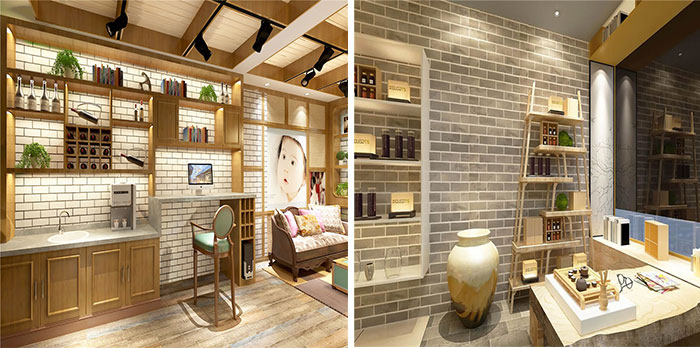
Secondly: Flexible tile is not only not a kind of porcelain, but also can replace the current building decoration tiles on the market. Whether it is exterior wall tiles or interior wall tiles, Flexible tile can be used instead. And it is safer than current tiles. Use traditional tiles on the outer wall, and the traditional tiles will weather and fall off after more than ten years or decades. The use of soft tiles is a relatively soft building material, so after construction and installation, they can be well integrated with the wall to make them integrated. Will not weather and fall off. Avoided safety hazards.
Third: Flexible tile is a new type of environmentally friendly building materials currently being promoted by the country. It is also designated by the state to be used as decorative tiles on the exterior walls of super high-rise buildings and super high-rise buildings.
In short:Flexible tile is the embodiment of the high-tech content of the new society. It is not a ceramic tile, but it is a better architectural product than ceramic tiles.
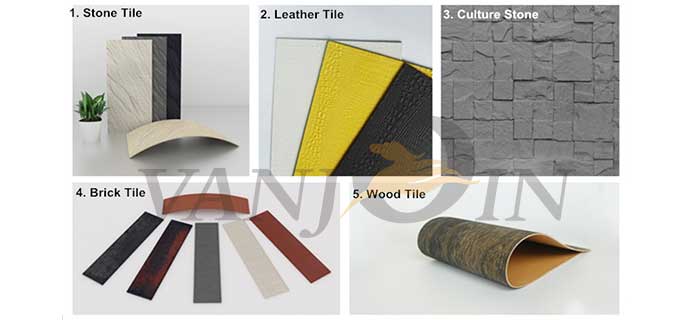
In recent years, the development of products such as foldable mobile phones and flexible screens has shown an innovative trend of miniaturization, thinness, flexibility, and low cost, and "flexible" technology has entered a new era. So after reading the so-called Nordic, industrial, and pastoral styles in the home, do you feel bored? Have you ever thought that one day, exterior wall materials can become soft? Turn the unexpected into reason, and the soft tiles will subvert your imagination of the exterior wall of the building.
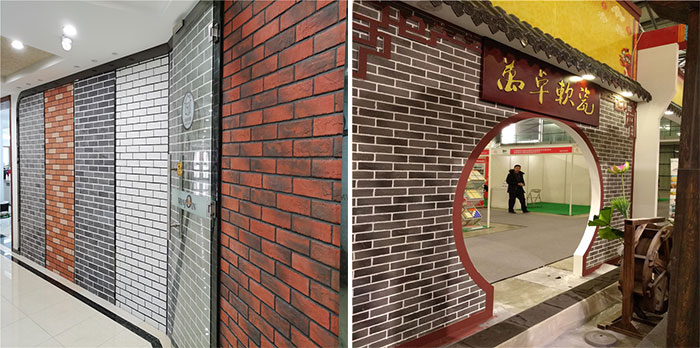
When solid building materials are bent into beautiful angles, the ordered columns form a beautiful curve, but they are very solid and durable, adding a sense of security. The flexible tile uses similar but different textures, which gives the exterior wall more possibilities, more solemnity, and allows people to enjoy more interesting and practical designs and appreciate more beauty.
Flexible tile is a new type of building decoration material. It uses colored inorganic mineral powder as the main raw material and is shaped, baked, and irradiated by a special temperature-controlled modeling system to form a flexible building decoration surface material. Its texture is flexible, good ductility, space saving, cement saving, convenient transportation, can reduce the weight of the building, is not easy to fall off and hurt people, and has good safety performance. And it has a long aging resistance time, no chalking, cracking and peeling over 3500h. There is no need to knock off the old base surface when the exterior wall is renovated, no garbage is produced, the construction is simple, the construction period is short, and the cost is low. The innovation of Flexible tile has made traditional architectural design more flexible, thinner, and low-cost, which can bring better customer experience and more application scenarios.
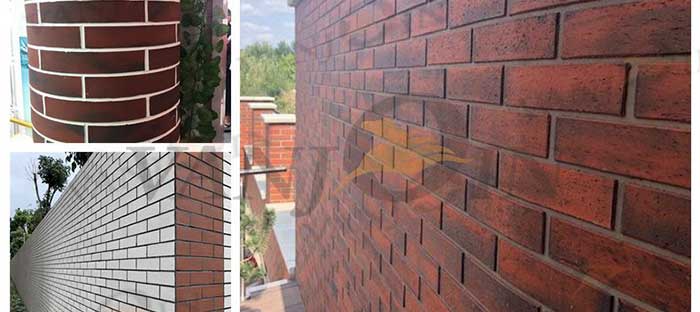
The application of Flexible tile is also very common. In addition to home decoration, it can also be applied to different scenarios. It is also used in decoration projects of residential areas, villas, shopping malls, office buildings, hotels, schools, hospitals and other places and environments. Its popularity It can be seen.
Flexible tile is a new type of renewable ecological building decoration material that is made of colored inorganic mineral powder as the main raw material, cross-linked and shaped by microwave irradiation at a certain temperature, abandoning the traditional high energy consumption production mode, and the production process is realized "No noise, no dust, low emissions, low energy consumption" to achieve green energy saving and environmental protection from the source!
